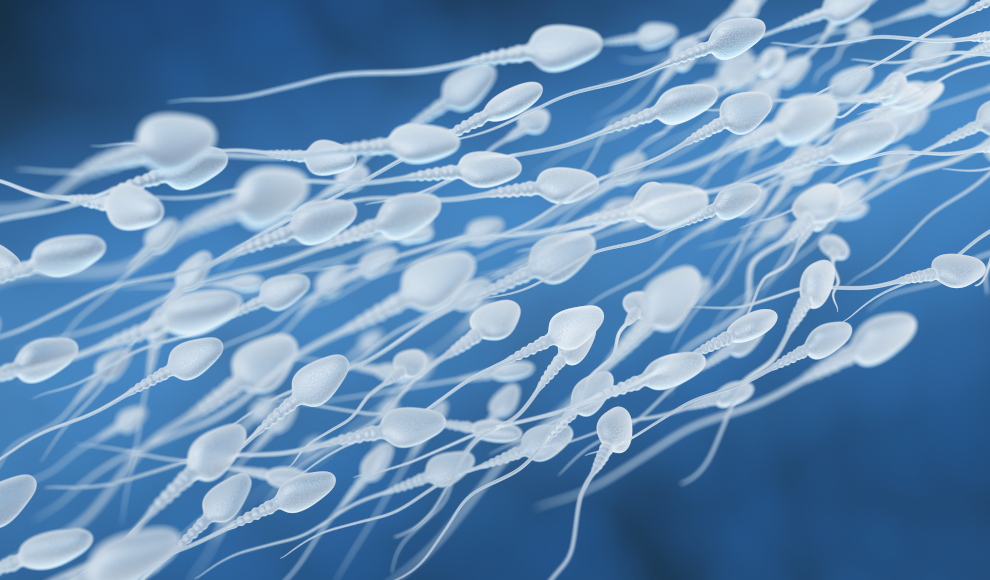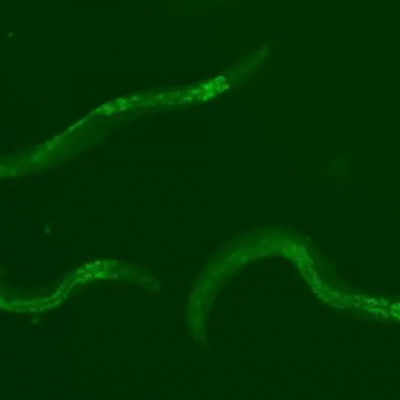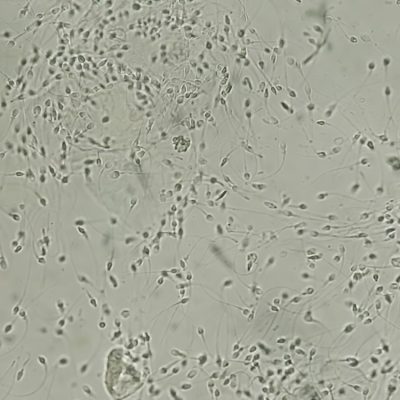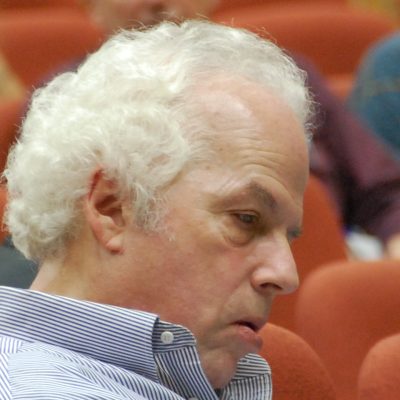In a groundbreaking discovery, researchers at Kyoto University have uncovered how sperm are able to move through water despite the laws of physics dictating that their movements should cancel each other out. According to the third law of motion, also known as the principle of interaction, every force creates an equal and opposite force. This means that the movements of a sperm’s tail, or flagellum, should be nullified by the opposing movements of the surrounding water. However, scientists have now discovered that sperm are able to manipulate their flagellum in a way that allows them to break this law of physics.
The flagellum is an active material that can adjust its elasticity at any point along its length. Researchers at Kyoto University have developed a model that explains how sperm are able to use this “odd elasticity” to break the third law of motion. By manipulating the energy within the flagellum, sperm are able to pass mechanical forces along its length in a cyclical motion. At certain points, the flagellum changes its elasticity, behaving as if it has negative elasticity. This allows the sperm to move through water as if there is no opposing force, despite the symmetrical movements of the flagellum.
This discovery sheds new light on the complex mechanics of sperm movement and could have implications for fertility treatments and the development of new forms of contraception. The research also highlights the ongoing importance of Isaac Newton’s laws of motion, which continue to shape our understanding of the physical world centuries after they were first published.










